Asus Chromebox 4 review: Capable, versatile, but not fast
The Chromebox is affordable and packed with features - is it the ideal Chrome OS PC?
-
+
Compact, feature-packed design
-
+
Solid everyday computing power
-
+
Often cheaper than rivals
-
-
Core i7 options are too expensive

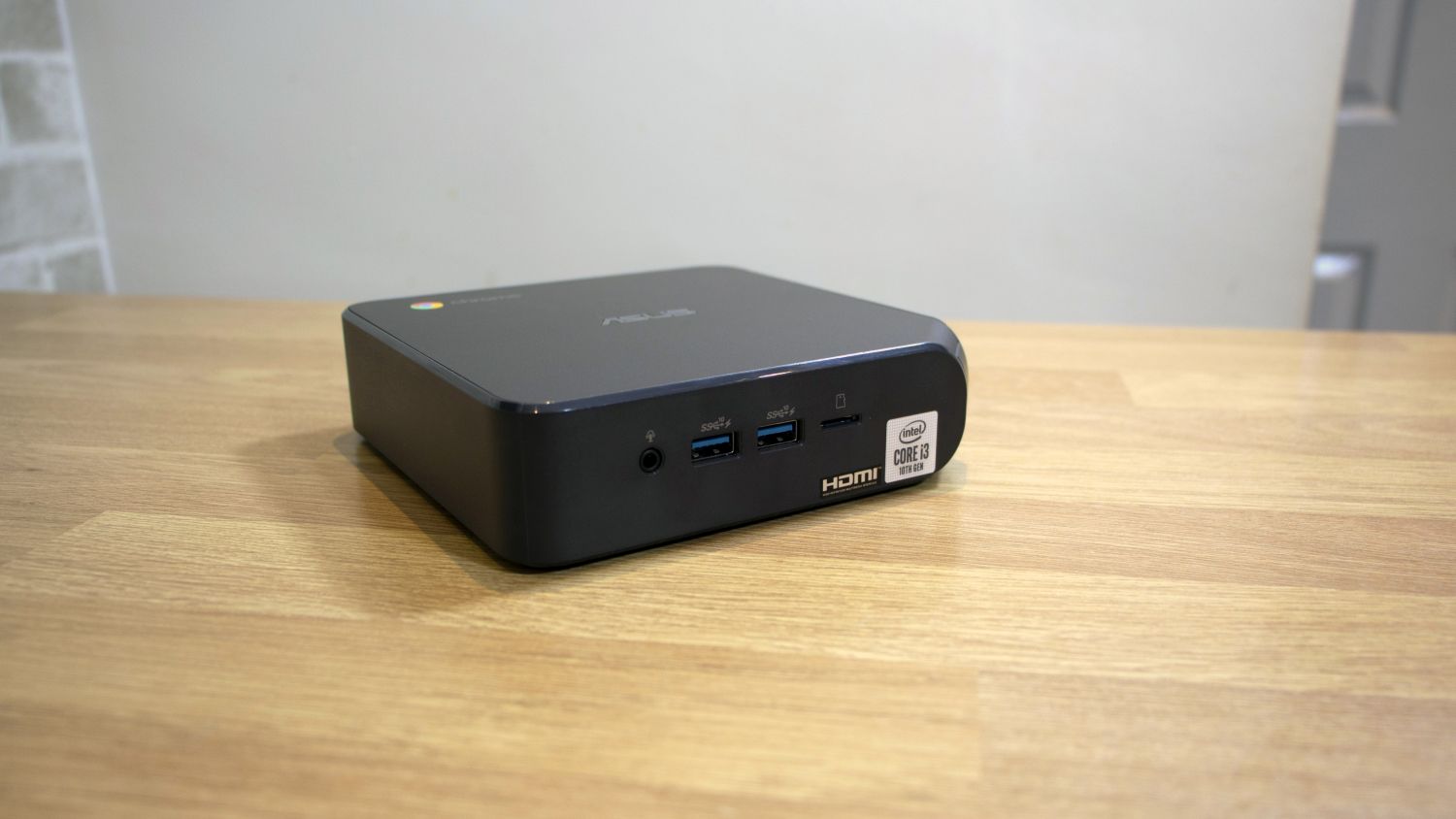
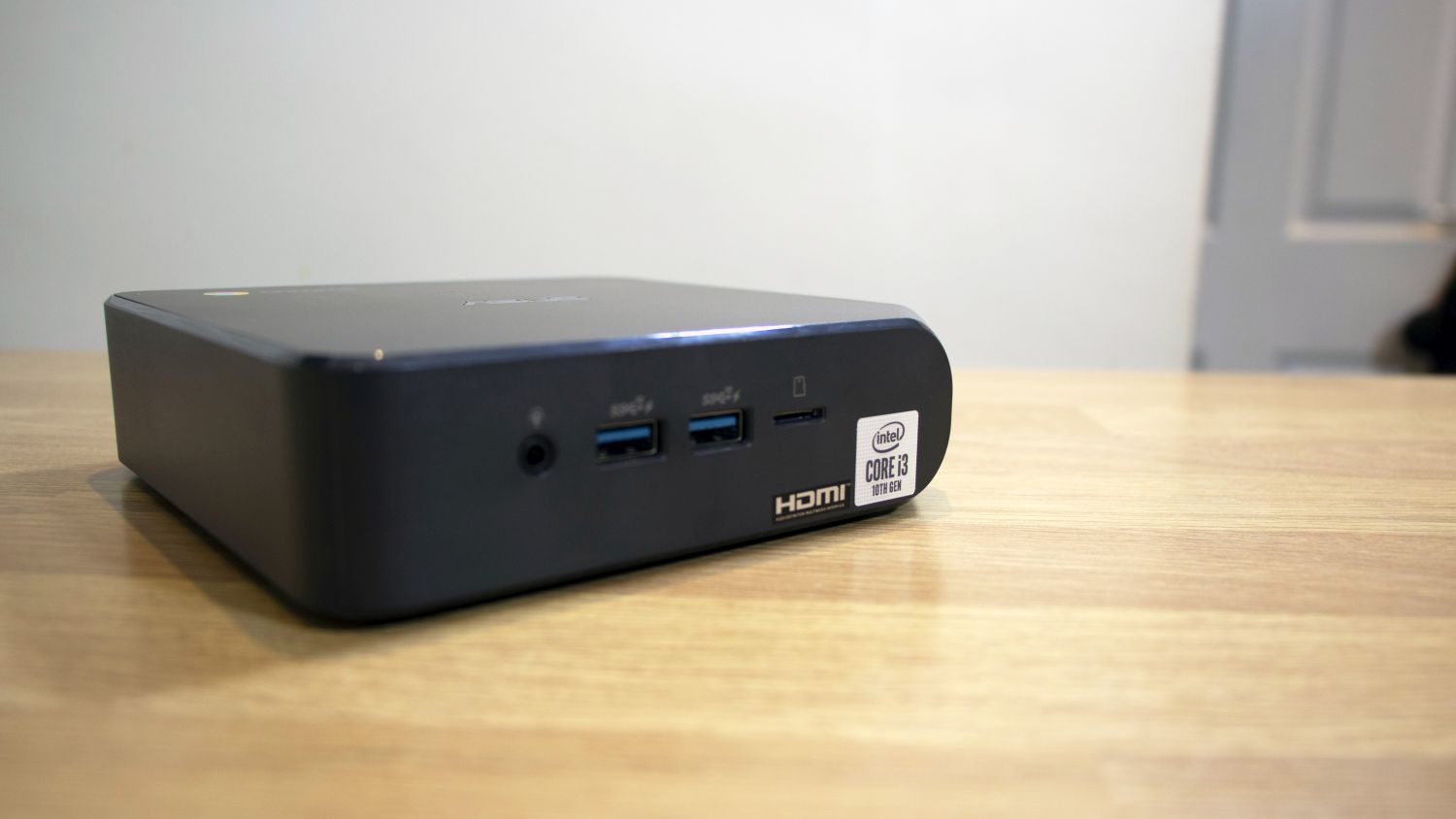
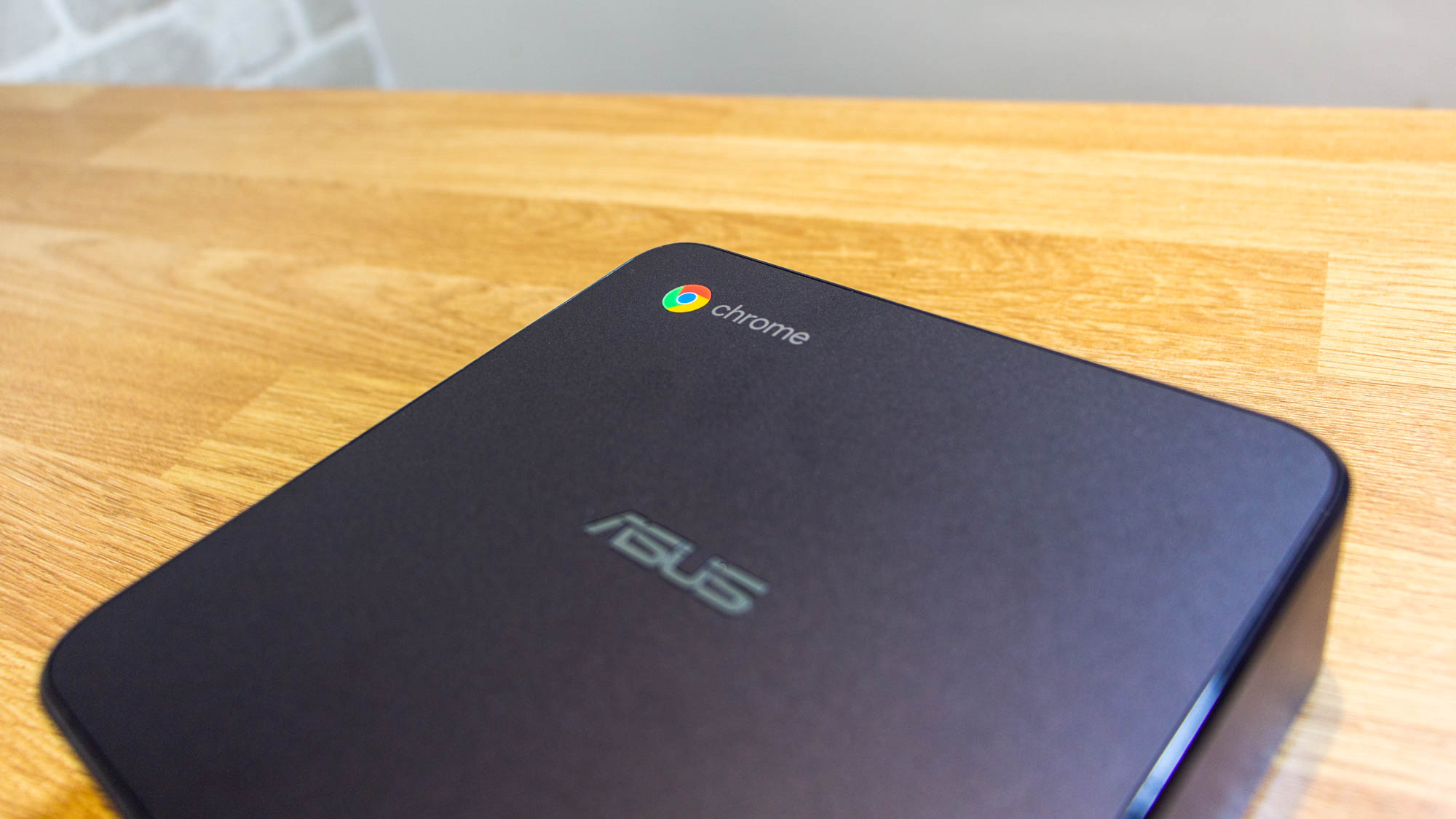
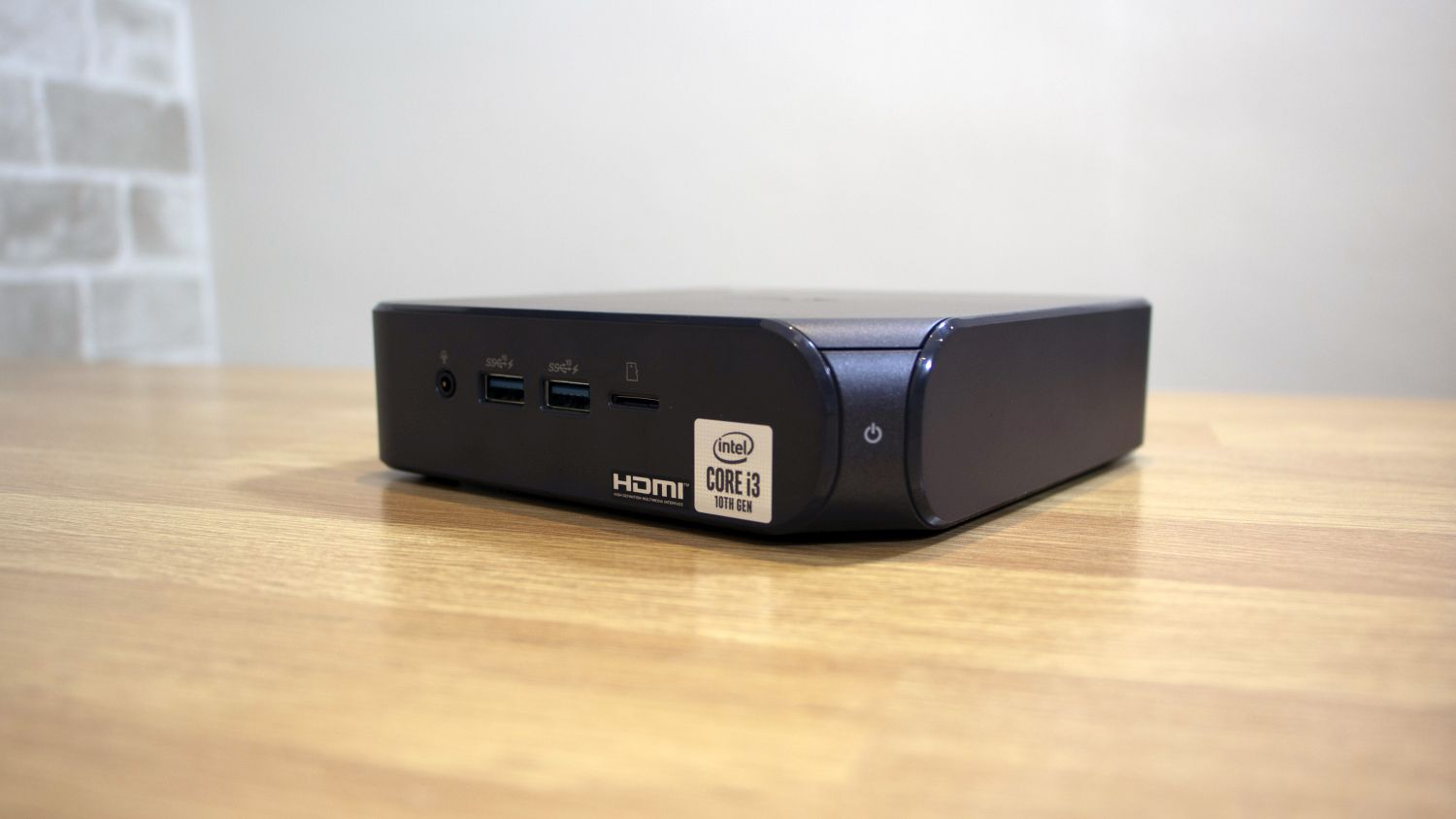
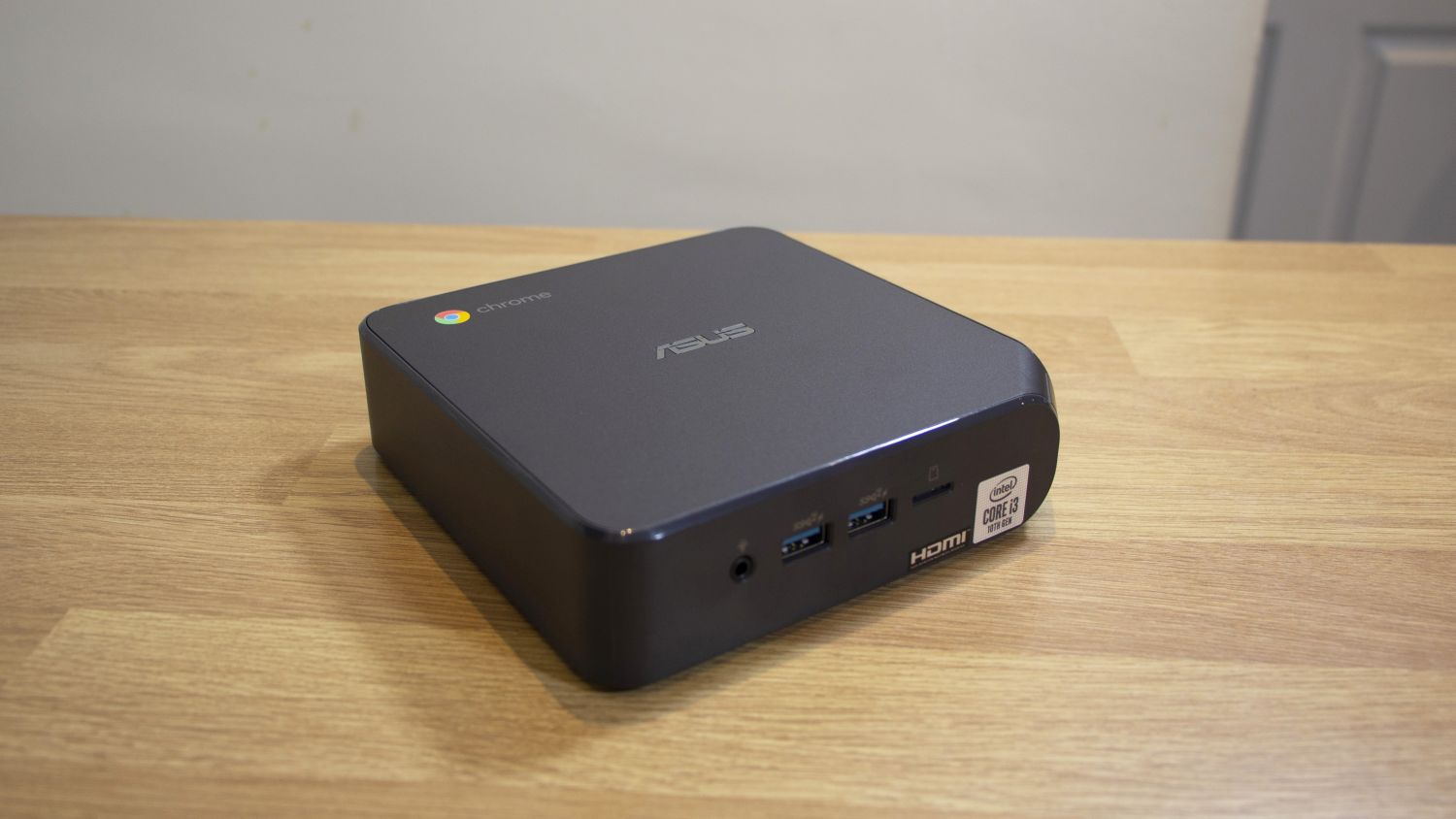
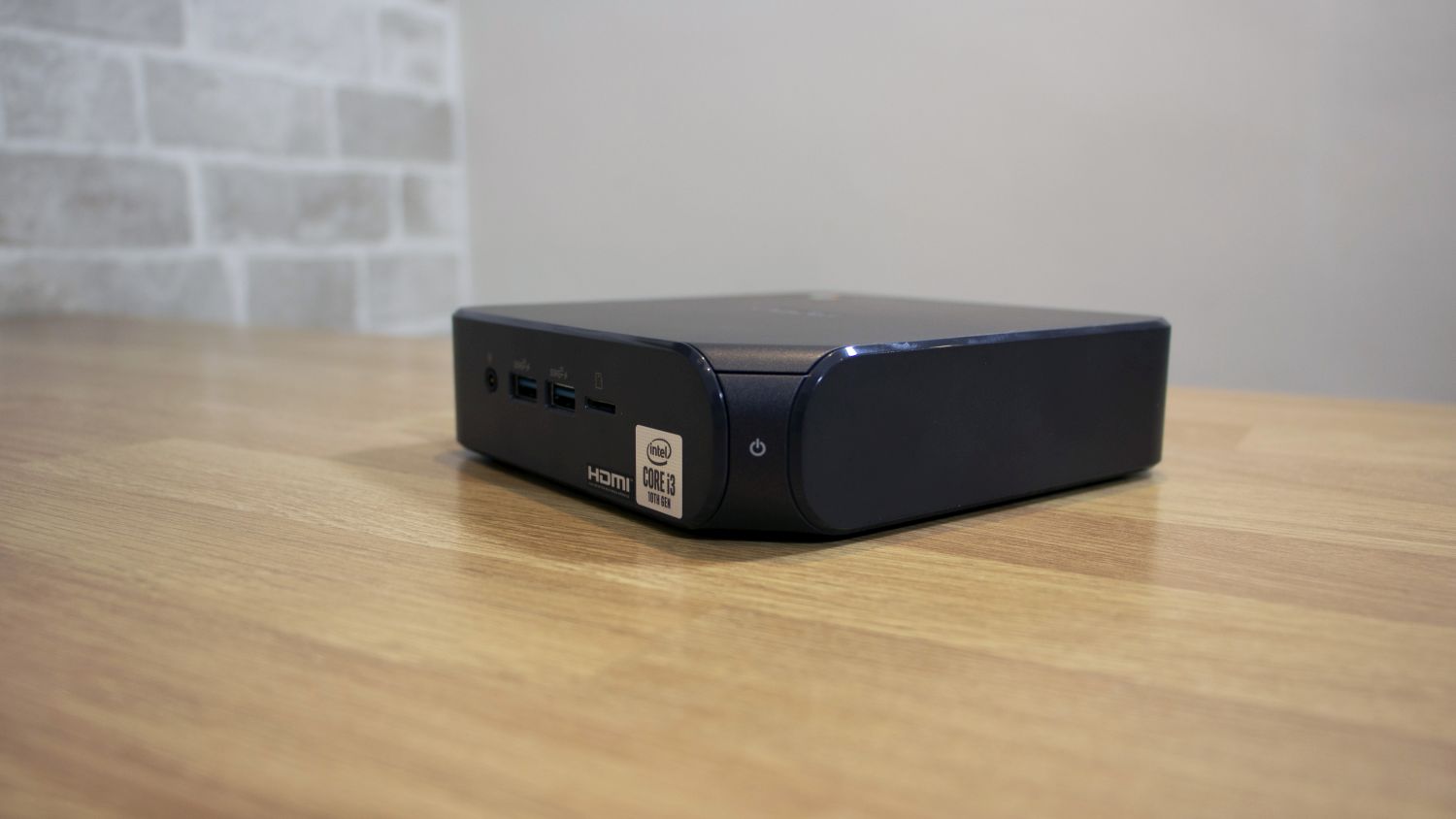
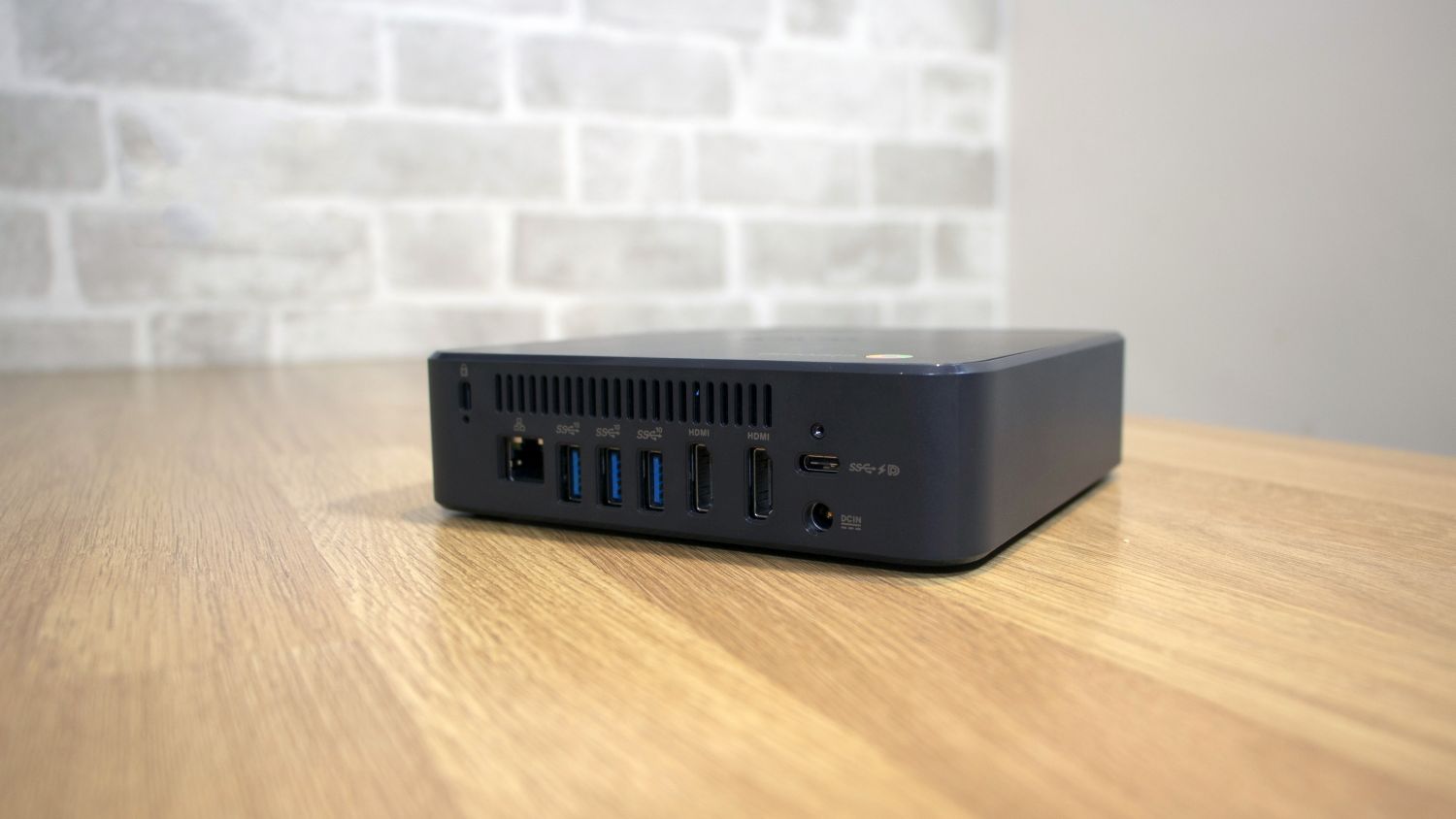
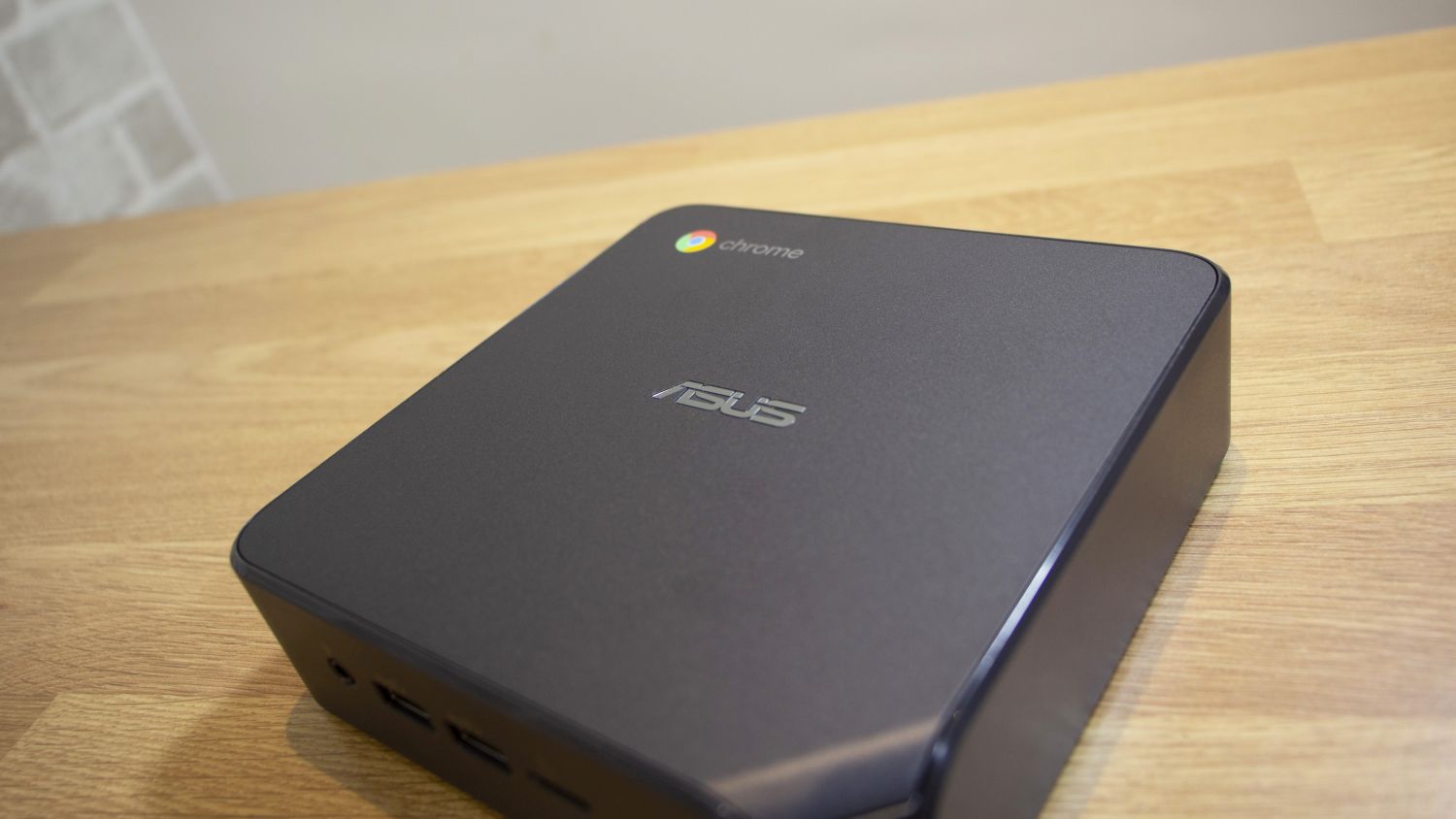
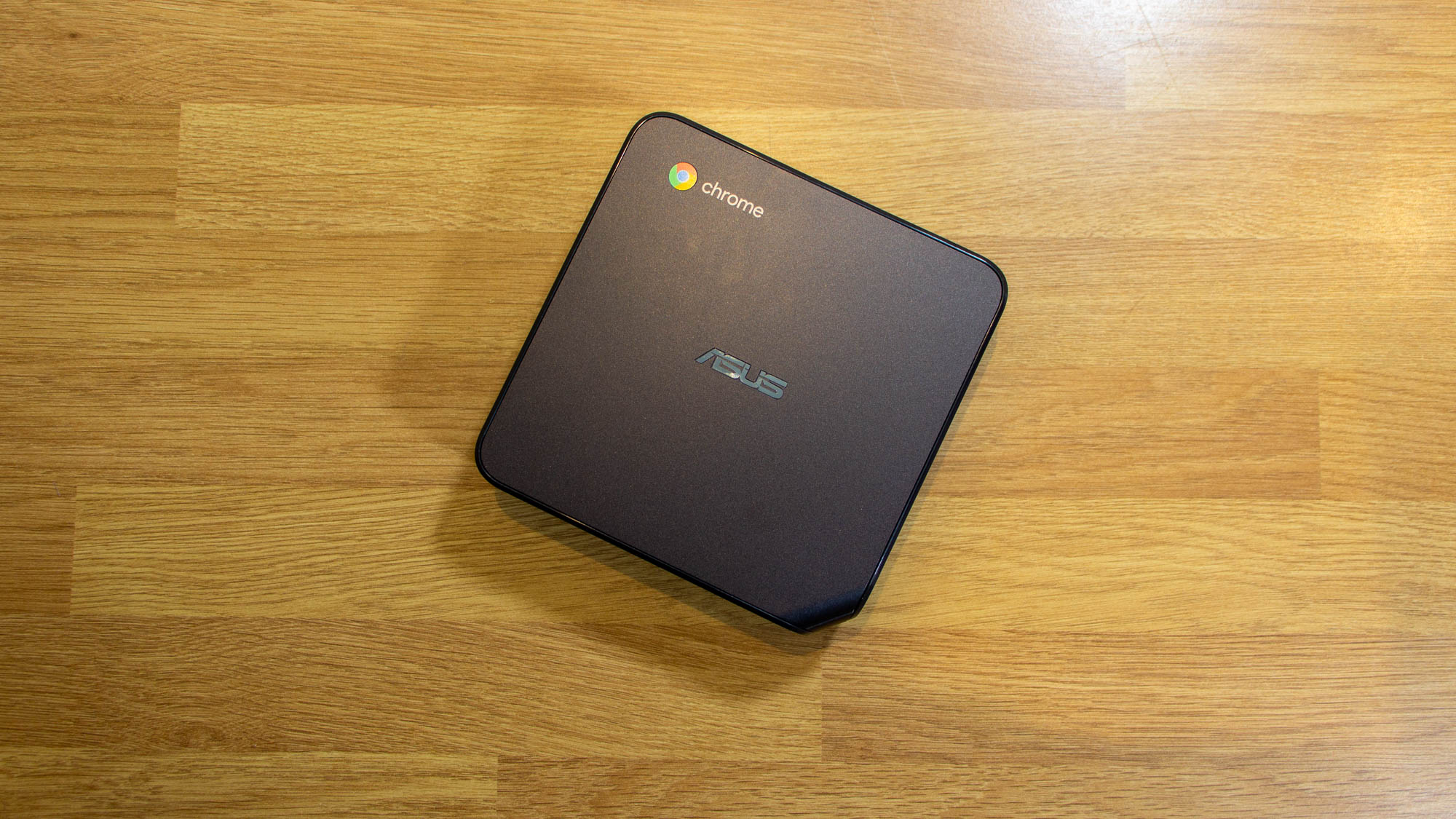
These days, it’s not necessarily accurate to think of Chrome OS as a weak option compared to Windows; Google’s operating system has matured into a genuine contender for office work. In some of its guises, the Chromebox is extremely affordable, too, undercutting Windows and macOS machines.
The Asus Chromebox 4, for example, is a lightweight contender from a heavyweight company. The Core i3-based machine reviewed here costs £416 exc VAT, so it’s affordable enough to tempt people away from Windows and towards Chrome. And, if you need more juice, there’s a Core i5 model that costs £457 exc VAT.
Asus Chromebox 4 review: Design
The Chromebox is impressive in practical departments, as well as price. It only weighs 648g, for example, and its square body is just 149mm wide and 40mm deep. That means it’ll fit into the tiniest of spaces. The robust build quality means you can even sling it into a bag and carry it around without issue – perfect for hot-desking or jumping between home and office.
The Chromebox also supports VESA mounting and includes a mount, so it’s easy to attach to the back of a monitor. And, cleverly, once the Chromebox is installed using VESA, the power button faces upwards, so it’s still easy to use. The system has four rubber feet, with screws beneath - remove those, and the base panel lifts free. Once that’s removed, it’s easy to access the SSD and memory slots for quick upgrading.
The tiny Asus is still a little bigger than other small form-factor systems. The Intel NUC 11 Pro is smaller, slimmer, and lighter. Asus’s own Mini PC PN50, meanwhile, is a barebones machine that’s narrower than the Chromebox and only slightly taller.

The NUC’s £545 exc VAT price isn’t far away from the Chromebox, and the PN50 is a barebones system that only costs £324 exc VAT. You’ll probably have to add components to that cost, but it’s great value if you’ve got parts hanging around. And if you’re at the top end of the Chromebox’s price range, the latest Apple Mac mini costs £583 exc VAT and has a sturdier, better-looking design and a superb M1 processor.
There’s one area where money hasn’t been spent, though: the aesthetics. The Chromebox is made from cheap-feeling plastic and has a bland gunmetal finish that doesn’t draw the eye.
Asus Chromebox 4 review: Hardware & performance
The Chromebox we’ve reviewed uses an Intel Core i3-10110U processor, which has two multi-threaded cores alongside base and boost speeds of 2.1GHz and 4.1GHz. In this rig it’s paired with 8GB of dual-channel memory and a 128GB SSD, and graphical power comes from an unimpressive Intel UHD 620 chip.
The Core i3 chip inside our sample isn’t particularly spectacular, but it does have the power to handle everyday computing. We loaded browser tabs with Google Docs files, email clients, social media tools, and conventional web pages and the Chromebox handled them simultaneously without slowdown. That makes the Asus a solid option for daily office tasks. The Chromebox is never loud, either: there is a fan inside this machine, but it’s quiet during all tasks, and virtually silent in many situations.
It’s a solid start, but a wider look highlights the Chromebox’s mid-range performance. In Geekbench’s single- and multi-core tests the Core i3 chip inside the Chromebox returned middling scores of 1,002 and 2,155. The Intel NUC used an Intel Core i5-1135G7 processor with four cores, and it scored 1,391 and 4,869 in Geekbench, and the AMD chip inside the Asus PN50 performed similarly. If you want to tackle photo-editing or other more demanding tasks then those rigs are better options, and the Core i5 version also makes sense if you want to run Chrome OS’s Linux VM options.

There are alternative Chromebox specifications available, too. The entry-level model includes an Intel Celeron 5205U alongside 4GB of memory and a 32GB SSD for £245 exc VAT, and there’s a Core i5-10210U version with 8GB of memory that costs £457 exc VAT. The most expensive Chromebox deploys a Core i7-10510U processor, with prices starting at a lofty £541 exc VAT. The two middle options offer a solid balance of price and performance, but the Celeron is too weedy and Core i7 too expensive to recommend either.
RELATED RESOURCE
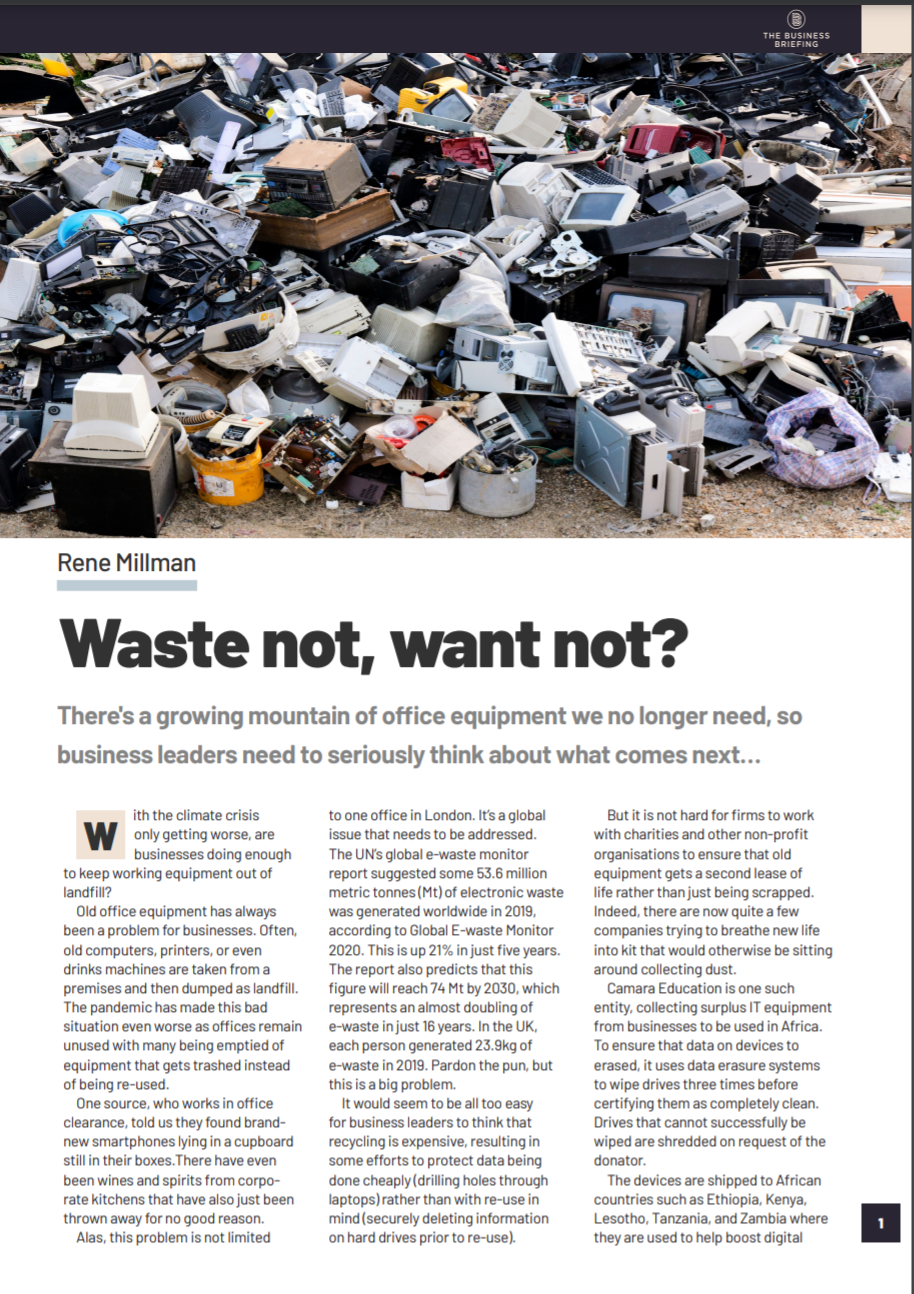
Waste not, want not: What to do with unneeded office equipment
Sample our exclusive Business Briefing content
Underneath all of this is Chrome OS. It’s matured into a smart and effective operating system, and it’s especially useful if you do most of your work in browser-based tools. It’s possible to run Linux software on the Chromebox, too, and this rig handles mainstream Linux tools smoothly. However, while Chrome OS can also run Android apps, tougher apps like photo-editing tools and Office software were slow and games were sluggish too.
Asus Chromebox 4 review: Ports & features
The Asus is well-equipped with ports. On its front you’ll find a microSD card reader and an audio jack alongside two USB 3.2 Gen 1 ports. The rear has three faster USB 3.2 Gen 2 ports and a Type-C connector that supports DisplayPort and 15W of power delivery, as well as two HDMI ports. For networking, there’s dual-band Wi-Fi 6, Bluetooth 5.2 and Gigabit Ethernet.
This connectivity can easily handle everyday computing, although other machines do offer more. The Intel NUC has 2.5Gb/sec Ethernet, TPM and two Thunderbolt 4 ports, for instance, while the Asus PN50 adds an infrared sensor and pair of microphones.
The only other notable omission can be found by looking in the box: Asus hasn’t included a keyboard or mouse with this PC. While that’s not mandatory, it’s not unusual to find basic peripherals bundled with mainstream systems, and they would have been welcome here.

Asus Chromebox 4 review: Verdict
The Asus Chromebox 4 is a decent bit of everyday kit. It’s small, well-made and has good connectivity, and Chrome OS remains a solid alternative for mainstream tasks. The Core i3 processor has the grunt to handle everyday workloads without complaint. Elsewhere, the Core i5 option is viable, but the Celeron and Core i7 versions are worth avoiding.
The Core i3-based Chromebox is the best value, though, with solid performance inside a versatile, compact case. If you’re happy with Chrome OS, the Chromebox 4 is a compact and effective mainstream choice.
Asus Chromebox 4 Specifications
| Processor | 2.1GHz Intel Core i3-10110U |
| RAM | 8GB DDR4 |
| Graphics | Intel UHD Graphics 620 |
| Storage | 128GB SSD |
| Operating system | Chrome OS |
| Connectivity | Dual-band 802.11ax WiFi, Bluetooth 5.2, Gigabit Ethernet |
| Ports | 3 x USB 3.2 Gen 2, 2 x USB 3.2 Gen 1, 1 x USB 3.2 Gen 1 Type-C/DisplayPort/power, 2 x HDMI, 1 x audio, 1 x microSD |
| Dimensions | 149 x 149 x 40mm (WxDxH) |
| Weight | 648g |
| Warranty | 1yr RTB |
Get the ITPro daily newsletter
Sign up today and you will receive a free copy of our Future Focus 2025 report - the leading guidance on AI, cybersecurity and other IT challenges as per 700+ senior executives
Mike Jennings has worked as a technology journalist for more than a decade and has been fascinated by computers since childhood, when he spent far too long building terrible websites. He loves desktop PCs, components, laptops and anything to do with the latest hardware.
Mike worked as a staff writer at PC Pro magazine in London for seven years, and during that time wrote for a variety of other tech titles, including Custom PC, Micro Mart and Computer Shopper. Since 2013, he’s been a freelance tech writer, and writes regularly for titles like Wired, TechRadar, Stuff, TechSpot, IT Pro, TrustedReviews and TechAdvisor. He still loves tech and covers everything from the latest business hardware and software to high-end gaming gear, and you’ll find him on plenty of sites writing reviews, features and guides on a vast range of topics.
You can email Mike at mike@mike-jennings.net, or find him on Twitter at @mikejjennings
-
 ‘Phishing kits are a force multiplier': Cheap cyber crime kits can be bought on the dark web for less than $25 – and experts warn it’s lowering the barrier of entry for amateur hackers
‘Phishing kits are a force multiplier': Cheap cyber crime kits can be bought on the dark web for less than $25 – and experts warn it’s lowering the barrier of entry for amateur hackersNews Research from NordVPN shows phishing kits are now widely available on the dark web and via messaging apps like Telegram, and are often selling for less than $25.
By Emma Woollacott Published
-
 Redis unveils new tools for developers working on AI applications
Redis unveils new tools for developers working on AI applicationsNews Redis has announced new tools aimed at making it easier for AI developers to build applications and optimize large language model (LLM) outputs.
By Ross Kelly Published
-
 Google layoffs continue with "hundreds" cut from Chrome, Android, and Pixel teams
Google layoffs continue with "hundreds" cut from Chrome, Android, and Pixel teamsNews The tech giant's efficiency drive enters a third year with devices teams the latest target
By Bobby Hellard Published